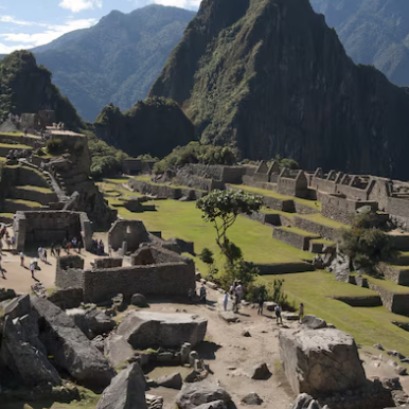
Ecólogos noruegos proponen forestar el Sáhara
Una tecnología de plantar bosques con la ayuda de energía solar y agua marina permitirá crear zonas verdes en el desierto Sáhara.
Se instituyó la compañía Proyecto Forestal del Sáhara con el fin de crear zonas verdes en este desierto usando tecnologías de energía renovable y agua marina, se acaba de abrir el primer invernadero en Jordania y se espera vender en el futuro la tecnología de forestación a los países de África y Oriente Medio
El agua marina llega por tuberías al invernadero por acción de la gravedad y gracias a la energía solar se transforma en agua dulce permitiendo cultivar plantas y hortalizas, además se humedece el suelo adyacente al invernadero de modo que allí se puede plantar árboles.
Es importante encontrar un área situada por debajo del nivel del mar, para excluir la necesidad de bombear agua marina.

IT MAY INTEREST YOU
 The discovery of methane-producing bacteria in trees rethinks the ecological role of forests
The discovery of methane-producing bacteria in trees rethinks the ecological role of forests
Pioneering study shows trees surprising internal microbial diversity and potential influence on global climate, driving novel strategies for agricultural and forestry management
 Reforestation advances in the Historic Sanctuary of Machu Picchu with new restored hectares
Reforestation advances in the Historic Sanctuary of Machu Picchu with new restored hectares
The plan includes the planting of a thousand new trees in the sanctuary, in response to the damage caused by forest fires and environmental threats, with the support of local authorities and representatives of the tourism sector.
 Native forest | In Misiones, controls are tightened on routes for illegal transport of native wood, logging of forests without permits and fraudulent digital guides
Native forest | In Misiones, controls are tightened on routes for illegal transport of native wood, logging of forests without permits and fraudulent digital guides
Informality in forestry activity in Misiones was once again evident, the culture of operating illegally is a historical problem, and the Ministry of Ecology and Renewable Natural Resources carries out the corresponding control and inspection operations in the regulation of productive activity and sustainable management for the use of native forests.





















